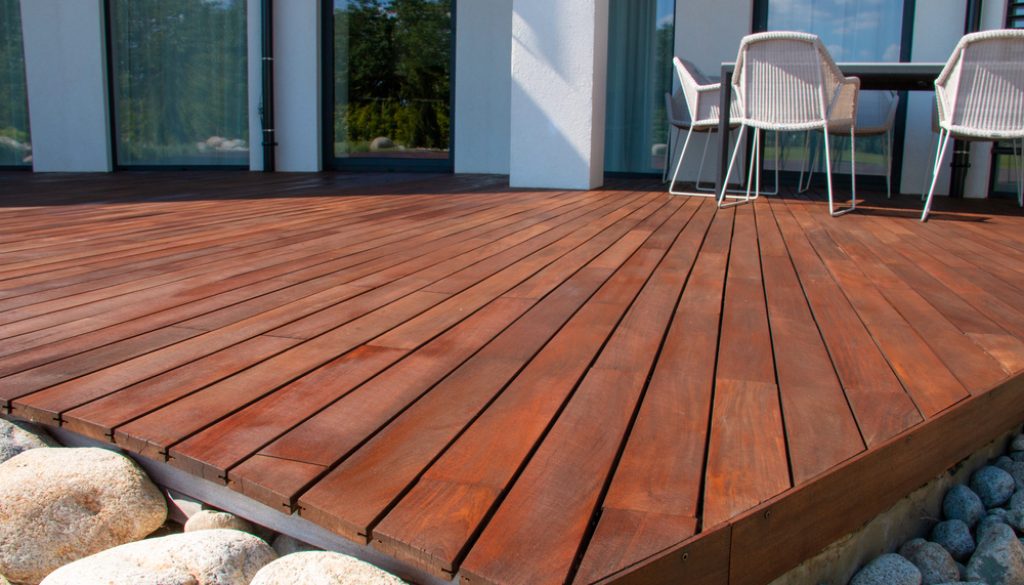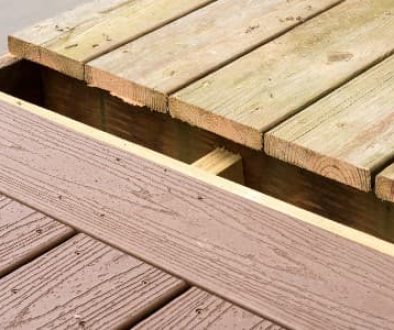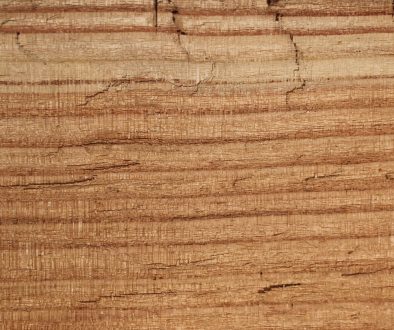6 Facts You May Not Know About Ipe Wood for Decking
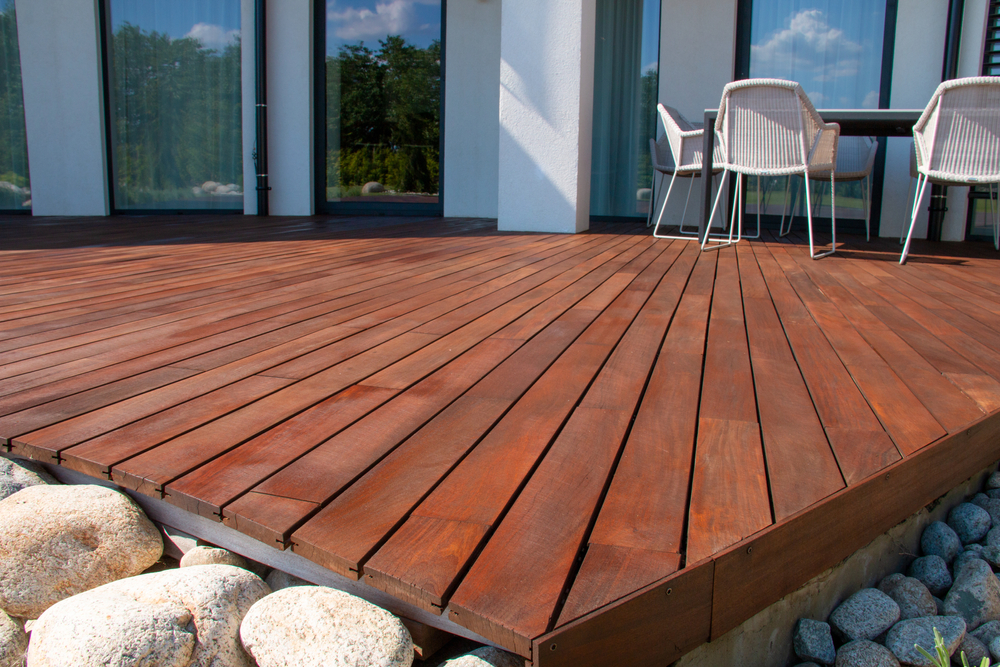
6 Facts You May Not Know About Ipe Wood for Decking
If you’re in the Los Angeles construction industry or if you’ve renovated your home, you’ve most likely already heard of the word Ipe. You also probably understand what makes Ipe so special, especially for outdoor residential and commercial projects.
But, for those who read the word ipe in the previous paragraph as ih-pee, i-p-e, or ih-pay, the word ipe (actually pronounced ee-pay) may be more foreign. Even though it may seem more foreign, you’ve probably seen or stepped on it before!
Whether you walked on the Coney Island Boardwalks in NYC or stayed at the Beverly Hills Hotel, you were surrounded by Ipe. Architects and designers love specifying ipe because of its remarkable properties, which we will discuss soon.
In this blog, we’ll delve into what ipe is, what it is used for, and some interesting facts about ipe wood for decking.
So, What is Ipe Wood?
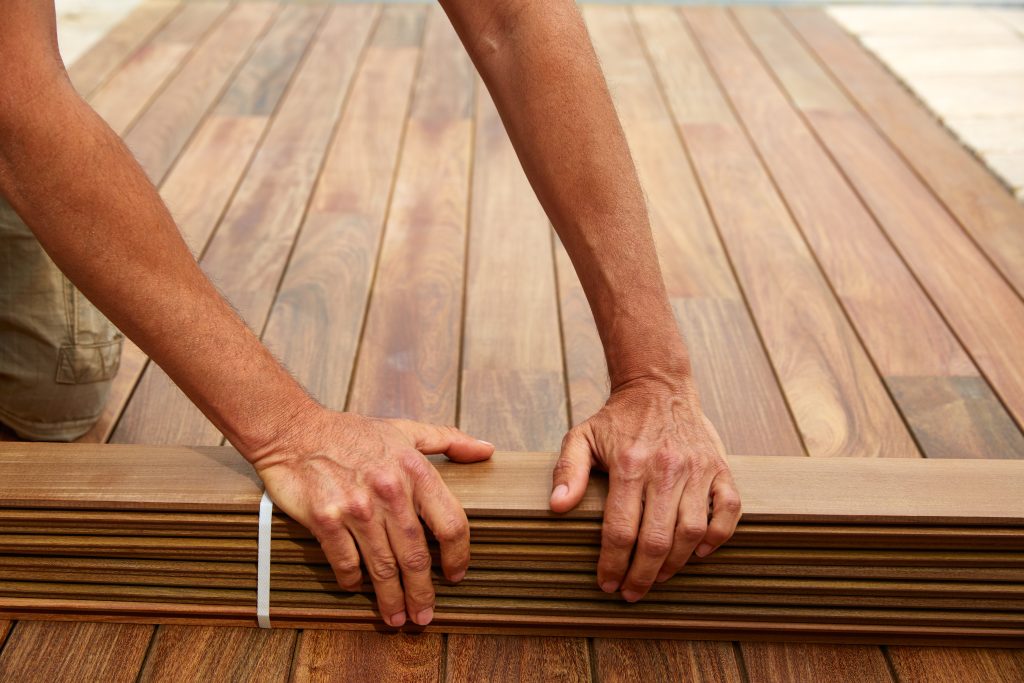
Ipe, also known as Brazilian Walnut or Lapacho, is a dense tropical hardwood native to Central and South America. Its rich brown color varies from reddish to yellow hues, and its texture is fine to medium.
Ipe’s natural oils and extremely high density (3,680 Janka hardness rating) make it a long-lasting and low-maintenance wood that is resistant to environmental threats, such as fungus, decay, termites, insects, moisture, weather conditions, and warping, among others, according to the Wood Database.
What is Ipe Wood Generally Used For?
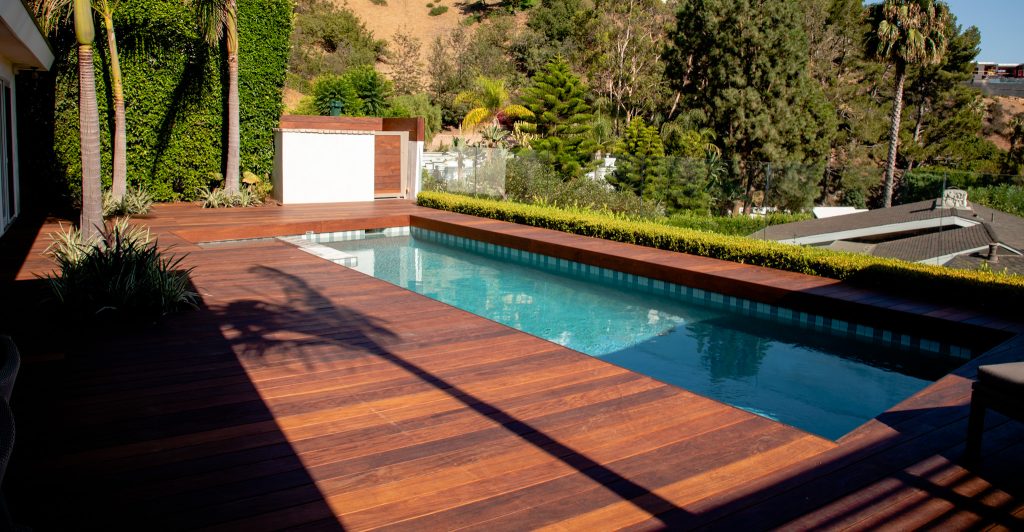
Because of its durability, ipe is a great wood for decking and siding projects. When installed properly, ipe decks, siding, and other applications (such as saunas, outdoor showers, furniture, and benches) can last over 50 years without maintenance!
And, both residential and commercial projects use ipe for exterior and interior applications. Whether you’re building a 10,000-square-foot hotel rooftop deck or an enhancement wall for your outdoor living space, ipe can truly be the game-changer you’ve been looking for.
Considerations About Ipe Wood for Decking
However, before you decide to buy Ipe for your next DIY project, there are several caveats you should keep in mind.
As you know by now, ipe’s density makes it resistant to major environmental threats that tarnish traditional American softwoods used for the same applications, such as cedar and redwood. But, its density can make working with ipe very difficult if you don’t have the proper tools or expertise.
Contractors and builders in the Los Angeles, Orange County, San Diego, and Santa Barbara areas are generally well-versed in building projects with ipe wood. But, as a homeowner with little knowledge, it’s going to be very tricky to build a deck or siding with ipe wood.
We highly recommend working with an experienced contractor to build your ipe decking or siding. If you choose someone with the knowledge to tackle your project, you’ll be able to sit back and enjoy your ipe installation for decades to come.
Also, as we previously mentioned, ipe fades into a silver-gray color when exposed to the sun, especially when installed horizontally (i.e., decking). Many people appreciate the faded color, but for those who want their ipe to remain its original color, all you have to do is apply a UV-protectant oil every 6 months-1 year, depending on the level of sun exposure.

Lastly, there are companies out there that illegally source ipe, which contributes to deforestation. Before buying ipe, it’s important to do your due diligence in researching where the company sources their ipe from, if it is FSC-certified, and how much control the company has over the harvesting process.
For instance, at Brazilian Lumber, our tropical hardwoods are directly imported, so we have a 100% chain of custody over the entire process and can ensure that the only trees harvested are non-viable trees, and done so in a limited amount per hectare.
Now, let’s dig into some fun facts about Ipe Wood for Decking:
1. Ipe wood was installed for the Coney Island boardwalks and lasted over 25 years before needing to be replaced! This is quite remarkable given the heavy traffic the boardwalks received daily and the garbage trucks that came several times a week.
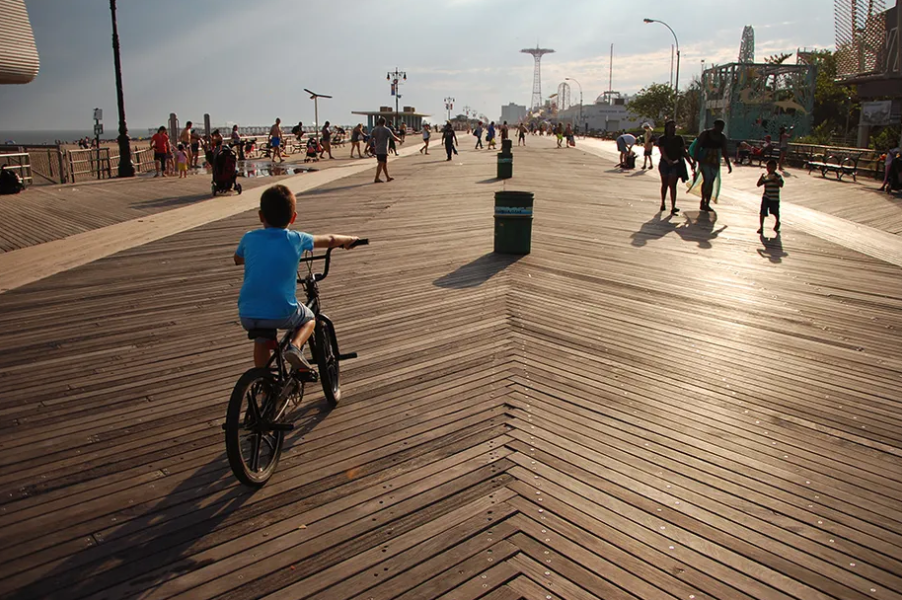
2. Three times stronger than cedar, ipe is one of the densest hardwoods on the planet! What does this mean? It means ipe actually sinks in water. For construction applications, this also means that although the wood may be harder to work with, it will last decades longer than traditional woods like cedar and redwoods without maintenance, making it a better investment long-term.
3. Because of ipe’s native environment, ipe wood’s natural oils make it naturally resistant to mold, termites, insects, and fungus! Once again, this means less maintenance for you.
4. Ipe wood decking and siding can last up to 75 years, with proper installation and annual maintenance! Ipe decking maintenance is extremely straightforward—oiling the deck with UV-protectant oil every year or two, depending on the level of sun exposure. This blog dives into the world of UV-protectant oils for hardwood decking and siding.
5. Ipe wood is so durable and resistant to rot & decay that it is actually used for railroad ties!
6. Ipe doesn’t get hot on the touch, unlike other woods. This makes ipe the ideal decking material for areas that are exposed to the sun where people may walk barefoot. Since ipe doesn’t splinter nor get too hot, walking barefoot on ipe is extremely doable.
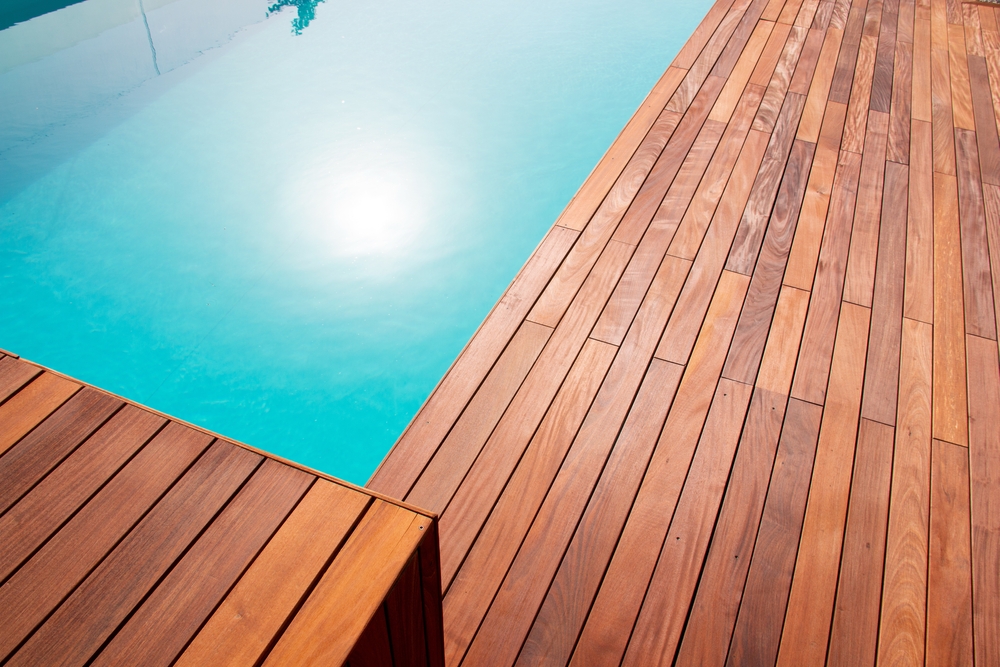
As you can see, ipe’s density and natural oils make it the superior wood for decking and siding projects. Its natural beauty, durability, and longevity are the motivating factors for many architects, contractors, and designers who use ipe in their projects—residential and commercial.
At Brazilian Lumber, our Ipe wood comes in a variety of lengths, dimensions, and profiles. It is FSC-certified, Kiln-Dried, and directly imported from South America, so it’s sustainably sourced, high quality, and best-priced.
From decks to enhancement walls and saunas, ipe is the right choice for you. If you have any questions, don’t hesitate to reach out, as our team would love to help you choose the right materials for your project!


